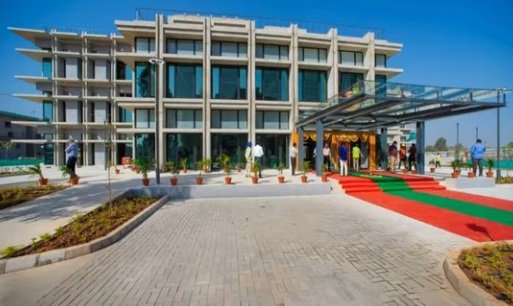India continues to make significant advancements in its research infrastructure, with the latest milestone being the inauguration of the Centre for In-situ and Correlative Microscopy (CISCoM) at the Indian Institute of Technology Hyderabad (IIT-H). This cutting-edge facility is expected to play a crucial role in advancing scientific research across multiple disciplines. The centre was officially opened in the presence of Abhay Karandikar, Secretary of the Department of Science and Technology (DoST), who emphasized India’s commitment to fostering innovation through improved research infrastructure.
Importance of Research Infrastructure
The establishment of advanced research centres like CISCoM is pivotal in fostering a collaborative research environment. When researchers from various disciplines work together, the quality and scope of research improve dramatically, enabling breakthroughs that can drive India’s scientific and industrial progress. By providing state-of-the-art resources, such centres promote innovation, accelerate technological advancements, and build a stronger foundation for research and development (R&D) in the country.
What CISCoM Offers
CISCoM is equipped with the latest in real-time, high-resolution microscopy technology, offering unparalleled insights at multiple levels of detail. This capability is essential for both fundamental scientific research and practical applications across various industries. Researchers using CISCoM can apply advanced microscopy techniques to address complex scientific problems, making the centre a valuable resource for academics and industry professionals alike. Its facilities are designed to support in-depth research in fields like physical sciences, chemistry, biology, and pharmaceuticals, bringing together experts from diverse domains to solve modern scientific challenges.
Funding and Collaboration
The development of CISCoM underscores the importance of collaboration between government, academic institutions, and industries. The centre was funded with a ₹60 crore investment from the Department of Science and Technology (DoST) and an additional ₹20 crore from 17 academic and industrial partners. This cooperative effort highlights the need for shared investment in research facilities, demonstrating the potential for government-industry partnerships to drive scientific progress.
By pooling resources, these diverse groups ensure that CISCoM will continue to be a hub for multidisciplinary research, attracting experts from various fields to work on common scientific goals. This collaboration is key to tackling the increasingly complex challenges faced by modern science, where solutions often require input from multiple areas of expertise.
IIT Hyderabad
Since its establishment in 2008, IIT Hyderabad has emerged as one of India’s leading engineering institutions, known for its focus on research, innovation, and interdisciplinary education. The institute offers unique programs such as a B.Tech in Design and was the first IIT to launch a BS program in Artificial Intelligence, further emphasizing its forward-thinking approach. IIT Hyderabad actively collaborates with global academic institutions, further enhancing its academic environment and fostering an international outlook on research and development.
Future Prospects
The inauguration of CISCoM at IIT Hyderabad is a testament to India’s growing commitment to developing world-class research infrastructure. As the centre becomes operational, it is expected to significantly boost India’s capabilities in scientific discovery, technological development, and industrial applications. With government support and international collaboration, CISCoM is poised to become a vital resource in India’s quest to lead global scientific innovation, helping the country address complex challenges in science and technology.
This new high-end research centre stands as a beacon of progress, positioning IIT Hyderabad at the forefront of scientific research in India.


